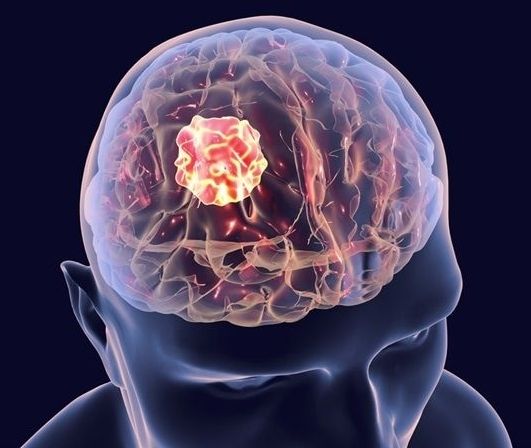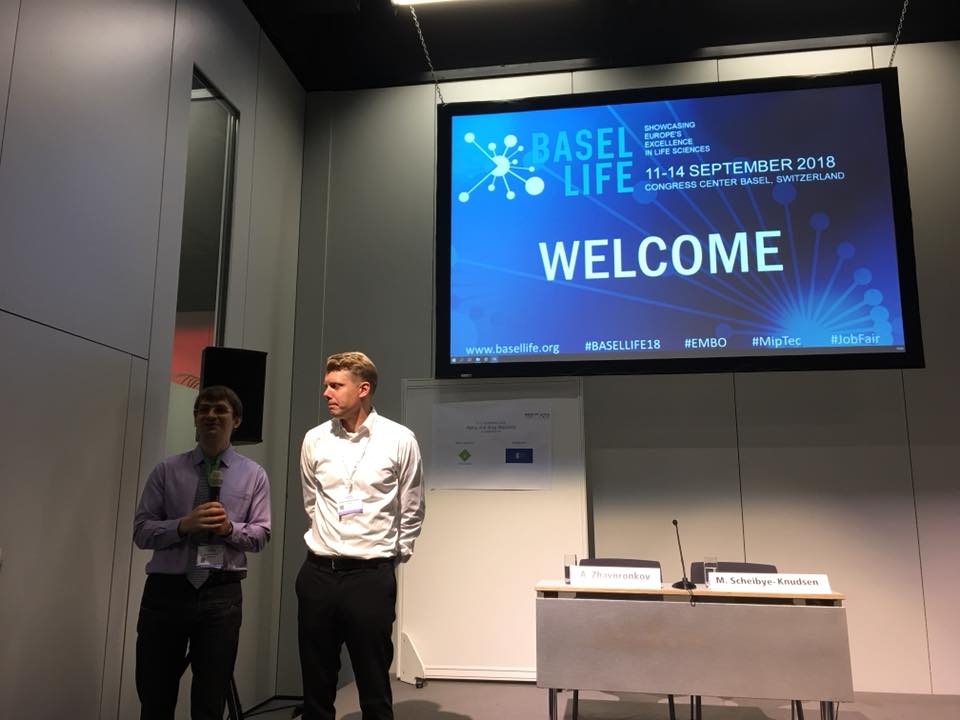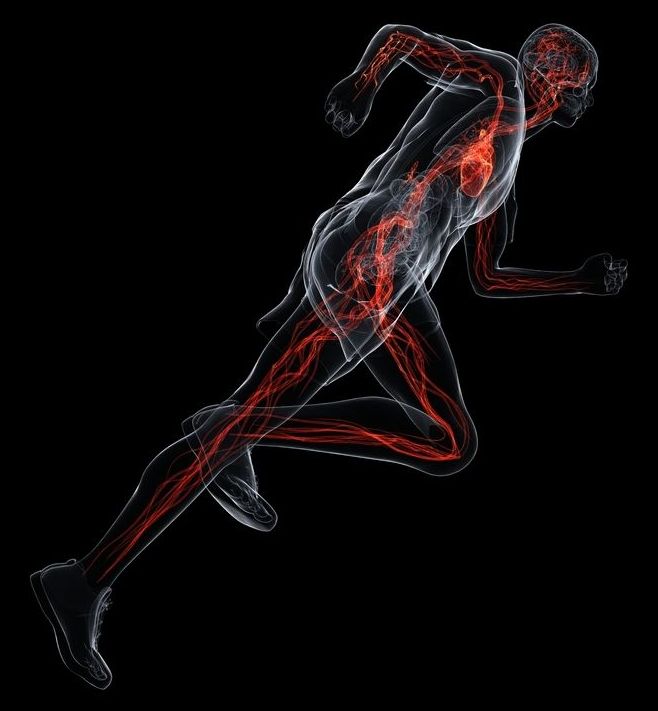Researchers have discovered a way to kill #cancer cells and stop #glioblastoma formation by blocking casein kinase 1 gene.
Scientists with the Virginia Tech Carilion Research Institute say a gene involved in the body’s circadian rhythms is a potential target for therapies to help patients with a deadly form of brain cancer known as glioblastoma.
This discovery, to be published in the journal Scientific Reports on Tuesday, Sept. 11, points to a subtype of a particular gene that apparently is enabling the survival of cancer cells, although it is more commonly associated with circadian rhythms — the body’s 24-hour biological clock.
“The world is desperately seeking new treatments for glioblastoma and no one has ever before pointed to this gene as a target upon which to base therapies,” said Zhi Sheng, an assistant professor at the Virginia Tech Carilion Research Institute, whose team pinpointed the gene from 20 suspects it had previously identified.








